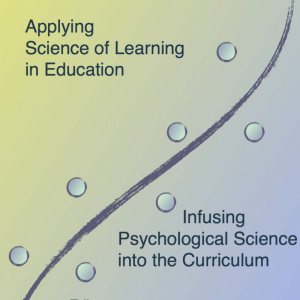

In her publication Assessment: Feedback to promote student learning, Spiller (2009) summarises the common issues with feedback familiar to most teachers: “Students may complain that feedback on assessment is unhelpful or unclear and sometimes even demoralising. Feedback can “provide cues that capture a person’s attention and help him or her to focus on succeeding with the task it can direct attention towards the processes needed to accomplish the task it can provide information about ideas that have been misunderstood and it can be motivational so that students invest more effort or skill” (Hattie & Timperley 2006, as cited in Hattie 2012b). Helpful feedback is goal-referenced tangible and transparent actionable user-friendly (specific and personalised) timely on-going and consistent.”įeedback aims to bridge the gap between prior or current achievement and the success criteria. However, none of these are feedback, strictly speaking.Īccording to Wiggins (2012): “Feedback is information about how we are doing in our efforts to reach a goal.

So, what is “feedback”? The term is often used to describe all kinds of comments made, including advice, praise and evaluation. They indicate that it could have an impact of half a GCSE grade per-student, per-subject. The Sutton Trust and Education Endowment Foundation (2013) also report very high effects of feedback on learning. Synthesizing more than 900 educational meta-analyses, Professor John Hattie (2012a) found that effective feedback is among the most powerful influences on how people learn. In this two-part article, teacher Helen Webb reviews some of the current literature and research to try and understand what makes feedback effective

Feedback is continually reported to have significant impact on student progress.


 0 kommentar(er)
0 kommentar(er)
